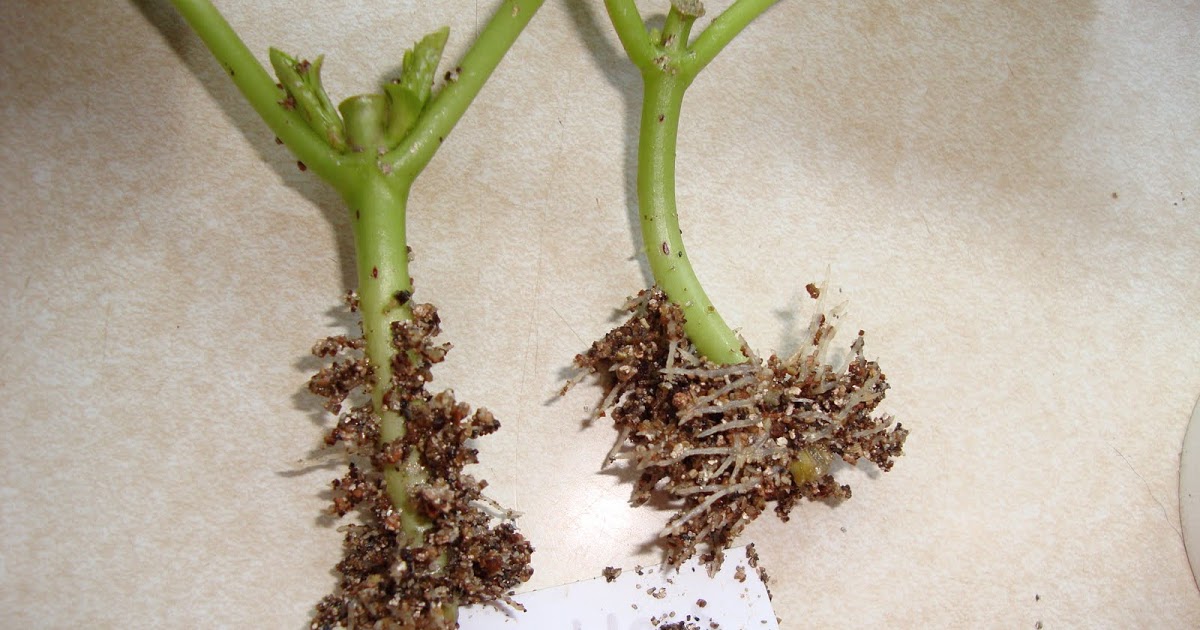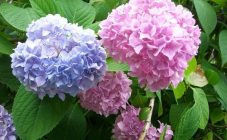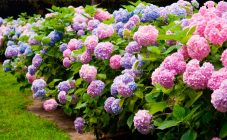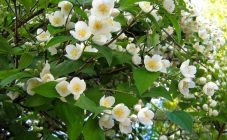Content:
The hydrangea flower culture unites several dozen varieties of the Hortensia family. It grows in the form of shrubs with large leaves and very beautiful inflorescences, sometimes there are varieties in the form of small miniature trees or lianas. Despite the different forms of growth, almost all varieties are united by a spectacular and bright coloring of flowering inflorescences of extraordinary beauty.
Description of culture
Botanical description of the plant:
- Root system. Fibrous roots, densely branched, form a wide and shallow root system up to 40 cm and fill the entire volume of the planting holes of the shrub.
- The large green leaves of the plant are oval in shape with sharp tops and small veins.
- Long-lasting flowering: early spring to late autumn.
- Variety of color shades: from white to dark purple.
- Various forms of inflorescences: in the form of a ball, panicle or umbrella.
- After flowering, instead of buds, fruits are formed in the form of a small box with several sections filled with small seeds.
Hydrangeas in the form of a shrub or tree can grow in height from 1 to 3 m with a fairly wide rounded crown shape. Liana-like varieties grow up to 30 meters in length, this length is limited only by the height of the tree on which the liana hydrangea climbs.
Hydrangea breeding methods
During flowering, the hydrangea is covered with beautiful multi-colored inflorescences, which are impossible not to admire. Any florist who has seen these lovely flowers at least once dreams of planting the same wonderful plant in his flower garden. Therefore, almost all gardeners are interested in how to propagate a garden hydrangea and grow this beauty in their garden or cottage.
Hydrangea propagation is done in several ways:
- Seeds. This breeding method is only suitable for natural plant species. Hybrid and selective varieties grown from seeds lose their "heredity" and decorative qualities. Seed planting material is planted directly into boxes filled with nutrient soil. The seeds are placed on the surface of the soil and covered with a dense transparent material. After three weeks, the first seedlings of seedlings appear, which must be grown for two years, only in the third year the seedlings can be transplanted into the open ground.
- Green cuttings. You can plant a hydrangea by planting cuttings. According to experienced gardeners, such a common method of propagation allows you to grow a new plant, identical to the "mother". In order to understand how the garden hydrangea reproduces by green cuttings, you should familiarize yourself with the technique of harvesting and growing hydrangeas from the green parts of the stems. Cuttings are harvested in the middle of summer, at the time of the appearance of buds. To do this, in the early morning, part of the green stem with leaves and flower buds is cut from a young plant. The cut twigs are placed in water and placed in a shady place, away from hot sunlight. When cutting shoots into cuttings, the green top with buds is cut off.Cuttings for rooting are placed for 2 hours in a solution of a plant stimulant, most often Kornevin, Teteroauxin or Zircon are used. Prepared cuttings are planted in a pre-moistened planting mixture of sand and peat, made up in a 2: 1 ratio. After they are covered with transparent glass or plastic jars, under which a special microclimate is created, ideal for the quick rooting of planted cuttings. After about a month, new leaves begin to appear on the plants, which is a clear sign of rooting. After that, the banks can be removed, only in case of early autumn frosts, the seedlings are covered with several layers of covering material. In spring, small hydrangeas can be planted anywhere in the garden for further growth.
- Breeding hydrangeas by offspring. Around the hydrangea bush, you can see shoots of young shoots, which are often used for planting. Cutting off the offspring of a plant requires great care and attention, because during transplantation, the root system can be damaged. The most suitable time for this method of breeding hydrangea flower culture is autumn, when the shoots have grown up and are ready for transplantation. The separated offspring should be planted in open ground, where they will grow for one or two years.
- Reproduction by layering. This method does not require special skills and is known to almost every florist. It is necessary to press the plant branch tightly to the ground, secure it with a metal pin, sprinkle it with earth or peat. For the formation of roots, it is necessary to constantly moisten the layers. The next year, the seedling of the new hydrangea is separated from the mother bush and planted in a permanent place.
- Transplanting and dividing the bush. When transplanting hydrangeas, you can simultaneously propagate the plant by dividing the bush and root parts. In early spring, the plant, previously watered with water, is dug up and after washing the rhizomes it can be divided into parts. After dividing, the bushes should immediately be planted in the soil, the new planting is watered abundantly with settled water. This method is applicable for all varieties of Hortensia, the only exception is the paniculate variety.
Choosing the season for breeding
For each breeding method of the large Hortensiev family, there are optimal breeding times:
- Spring is ideal for splitting shrubs. At this time of year, the plant is just awakening after hibernation and will easily endure the stressful shock from the division of the rhizome. The bush quickly adapts to a new landing site and quickly starts growing.
- Summer is the most favorable moment for plant propagation. The bark of green shoots has not yet begun to lignify, which greatly facilitates the process of cutting the shanks.
- Planting seeds of Hortensia is best done in the first spring month - March.
- You can plant the bush with layering in spring and autumn.
- In the fall, you can transplant the bush and at the same time divide it into new copies.
Often in central Russia, autumn is cold and rainy, and in the regions of Siberia and the Urals at the end of autumn, winter colds already come. In this case, it is recommended to plant the plant in early May, when the threat of recurrent spring frosts, which can damage the delicate hydrangea buds, has passed.
The breeding process of hydrangeas
Although independent reproduction of hydrangea is considered a troublesome and time-consuming process, almost every novice florist wants to try his hand at growing this beautiful and fragrant miracle in his flower garden. Therefore, it is worth reading the advice of florists with extensive experience in growing the Hortensiev family.
As an example, we can consider one interesting and budgetary experience of breeding a garden hydrangea from a purchased seedling by the dripping method:
- At the beginning, the seedling must be prepared for planting. Leaves are cut from it, green young shoots are cut off.
- The bush prepared for planting is laid obliquely into the finished trench, dug in such a way that the rhizome can be placed in it lower, and the plant stems higher.
- Sprinkle the root part with earth and carefully compact.
- The branches of the bush are fanned out in a trench and also covered with earth.
- Winter care of seedlings consists in additional cover with a layer of peat or humus.
In the spring, after the soil warms up, the buds of the plant on the buried branches wake up and actively begin to develop. At first, young shoots feed on a common root, but then they form their own root system. By the end of summer, the bush is dug up and the rooted new small hydrangeas are removed, suitable for breeding new bushes.
This interesting and unusual propagation method helps to get a dozen new plants with a well-developed rhizome from one bush.















